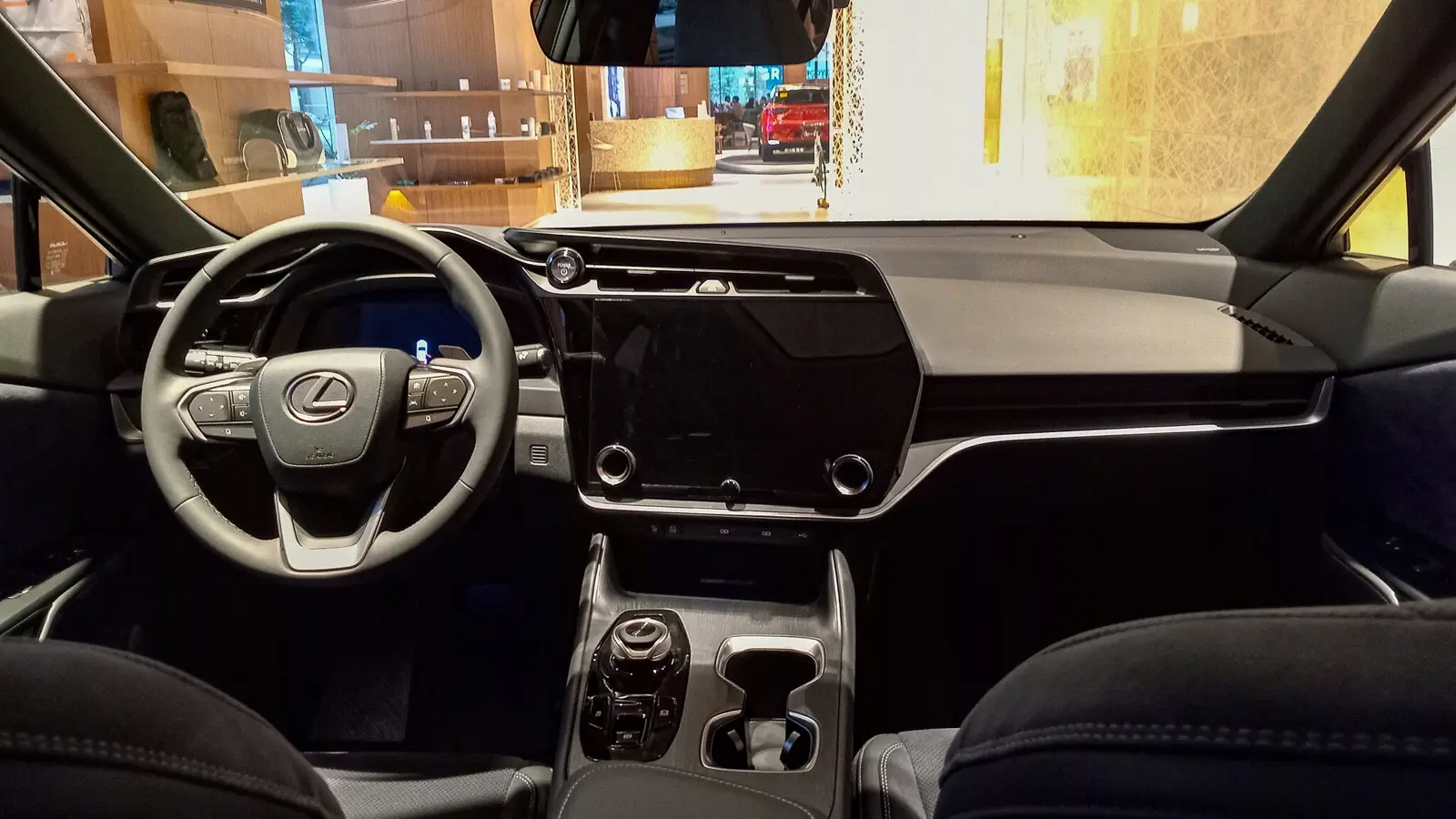Articles
How technology reshaped the driving experience and filtered real feedback

Modern cars replaced mechanical feedback with software-driven systems like steer-by-wire and EPS. Learn how electronics redefined the feel of driving.
Electronics have changed cars not only in appearance but also in essence — quietly rewriting the very mechanics of how driving feels. Where drivers once sensed the road through the steering wheel and pedals, today a network of processors, sensors, and algorithms stands in between.
Steering was the first witness to this shift. Electric power steering (EPS) replaced hydraulics, cutting weight and energy loss but also filtering out the raw “road feel.” Modern systems don’t just assist turning; they decide which parts of reality the driver should experience. Engineers, as recent SAE 2025 papers show, are refining algorithms that reintroduce micro-vibrations and feedback in just the right dose — enough to feel alive without tiring the hands.
The next leap is steer-by-wire. Lexus became the first major automaker to bring it to production. In the 2025 RZ, the steering wheel connects to the wheels only through wires and motors. The brand promises “intuitive control” and minimal vibration for smoother rides. Yet early reviews note that the sensation feels different — as if a thin layer of glass separates driver and asphalt.
The same logic extends elsewhere. Brake-by-wire translates pedal pressure into electronic signals. Bosch has tested these systems under extreme conditions, aiming to make the simulated brake feel as natural as hydraulic systems once were. Throttle-by-wire works on a similar principle: Eco mode softens response, Sport mode sharpens it, and in EVs the throttle curve adjusts to match regenerative braking.
Even sound is now engineered. Studies from 2025 show how automakers design acoustic feedback — adding synthetic engine tones, suppressing harsh frequencies, and shaping a pleasant cabin atmosphere. Suspensions, too, are software-driven: adaptive dampers from BMW and Acura change behavior within milliseconds, with engineers tuning subjective “ride feel” like musicians adjusting an instrument.
Today’s car is a digital organism. Its reactions depend less on cables and more on code. For some, this is progress — precision, safety, and personalization. For others, it’s the loss of an authentic mechanical bond. Somewhere between those views lies the future: a world where “mechanical feel” is no longer a property of metal, but a creation of software and human intuition.
2025, Oct 25 15:56


